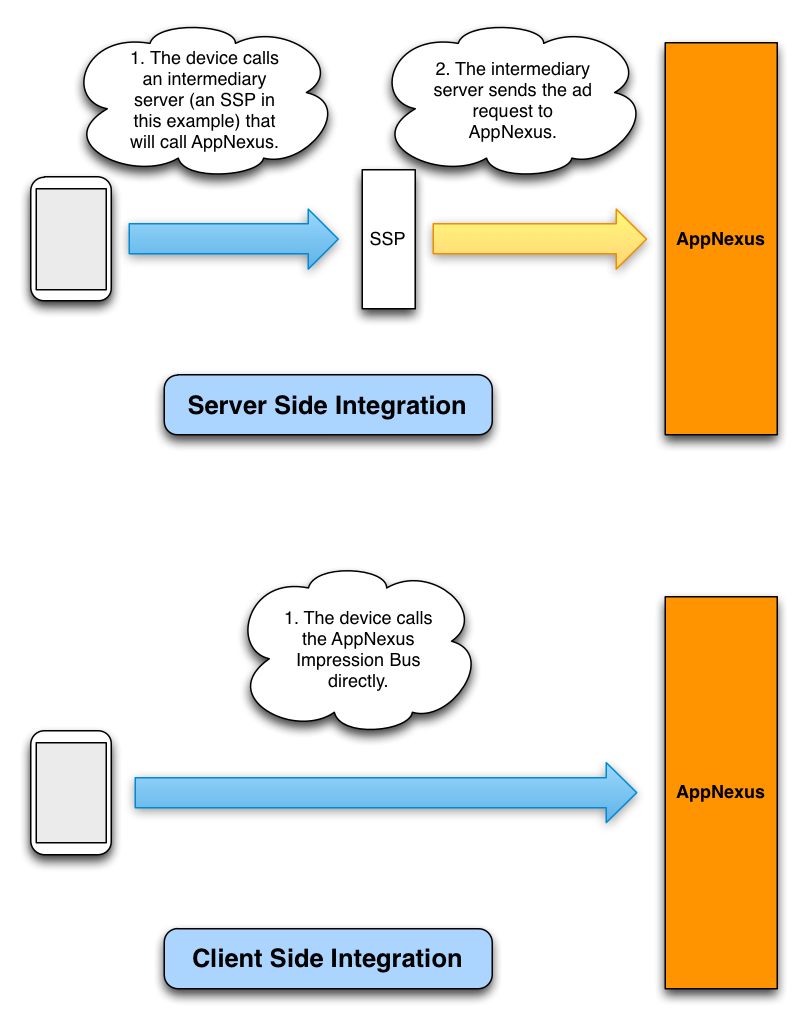In my experience, resolving a 503 Backend Read Error caused by a Fastly-generated Fetch failure can be a challenging task.
Understanding and Resolving Errors
To understand and resolve a 503 Backend Read Error like “Fastly-generated Fetch Failed,” follow these steps:
First, check if the error is specific to a certain web page or if it occurs across all pages on the website. This can help pinpoint the root cause of the issue.
Next, clear your browser cache and cookies to rule out any temporary glitches that might be causing the error. This can be done by going to your browser’s settings and selecting the option to clear browsing data.
If the error persists, try accessing the website from a different browser or device to see if the issue is localized to a specific environment.
Check the server status to ensure that it is running properly and there are no issues with the backend. This can be done by contacting your web hosting provider or IT department.
If none of the above steps resolve the error, reach out to the website administrator or technical support team for further assistance. They will be able to investigate the issue in more detail and provide a tailored solution to fix the problem.
Common Causes and Solutions
- Access the server logs to identify the specific error causing the 503 Backend Read Error.
- Look for any patterns or recurring issues that may be contributing to the error.
Review code changes or recent updates
- Check for any recent changes or updates to the code that may have triggered the error.
- Review any recent deployments or updates to identify potential causes of the 503 Backend Read Error.
Adjust server configurations
- Modify server configurations to ensure they are optimized for performance and stability.
- Check for any misconfigurations or bottlenecks that may be leading to the 503 Backend Read Error.
Clear cache and restart services
- Clear the cache to remove any outdated or corrupted data that may be causing the error.
- Restart relevant services to ensure a fresh start and potentially resolve the 503 Backend Read Error.
Troubleshooting and Configuration Tips
1. Check the server status: Ensure that the backend server is up and running without any issues. Verify the server logs for any errors that might be causing the fetch failure.
2. Review the configuration: Double-check the configuration settings on both the web server and Fastly CDN to ensure they are correctly set up and communicating effectively.
3. Clear cache: Clear the cache on the web server and Fastly CDN to eliminate any cached data that might be causing the fetch failure.
If the issue persists, consider reaching out to your hosting provider or Fastly support for further assistance.
Quick Fixes for Users
If you are encountering a 503 Backend Read Error, don’t worry, there are quick fixes that can help resolve this issue.
Clear your browser cache and cookies to eliminate any outdated data that may be causing the error.
Check your internet connection to ensure it is stable and strong.
Refresh the webpage to see if the error is temporary and resolves itself.
If the issue persists, try accessing the website from a different browser or device to see if the error is specific to one platform.
Disable any ad blocking software or VPN that may be interfering with the website’s functionality.
If none of these solutions work, reach out to the website’s support team for further assistance in resolving the 503 Backend Read Error.
Server-Side Optimization Techniques

| Technique | Description |
|---|---|
| Caching | Storing frequently accessed data in memory to reduce server load and improve response times. |
| Minification | Removing unnecessary characters from code and resources to reduce file sizes and improve loading speed. |
| Compression | Compressing files before sending them to the client to reduce bandwidth usage and improve loading times. |
| Load Balancing | Distributing incoming traffic across multiple servers to prevent overload and improve scalability. |
| Database Optimization | Optimizing queries, indexes, and database structure to reduce response times and improve overall performance. |
Frequently Asked Questions
How do I fix error 503?
To fix error 503, you can start by checking resource usage, ongoing maintenance, stop running processes, reset firewall, check server logs and fix the code, restart your server and networking equipment, and check your DNS.
What is Fastly 503 backend read error?
Fastly 503 backend read error happens when the service has surpassed the allowed limit for concurrent requests, as detected by Fastly.
Will Error 503 fix itself?
Error 503 may fix itself if the server is undergoing maintenance or upgrades in the background. Typically, these disruptions caused by automatic updates resolve on their own within a few minutes.
What is the root cause of error 503?
The root cause of error 503 is typically a temporary overload or scheduled maintenance on the server, preventing it from handling the request at that moment.
